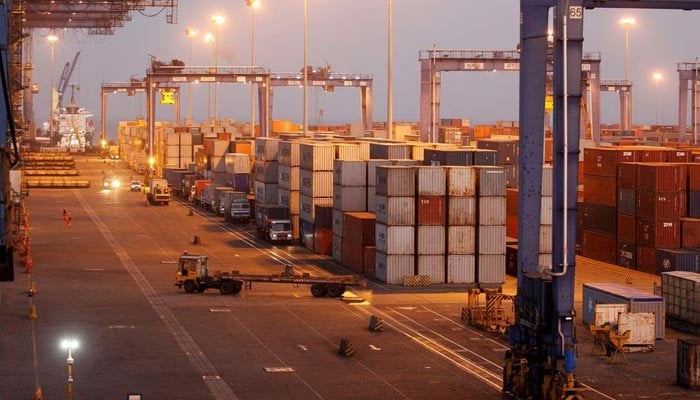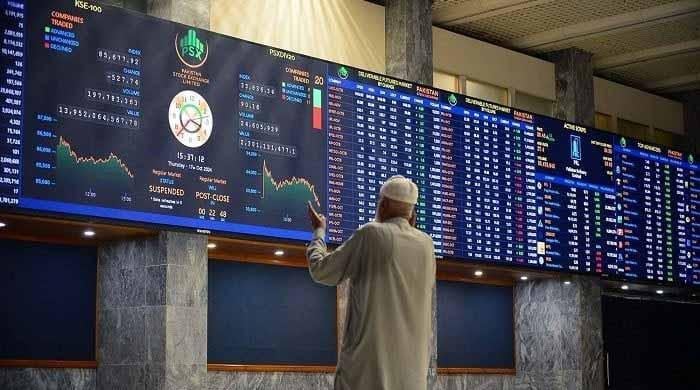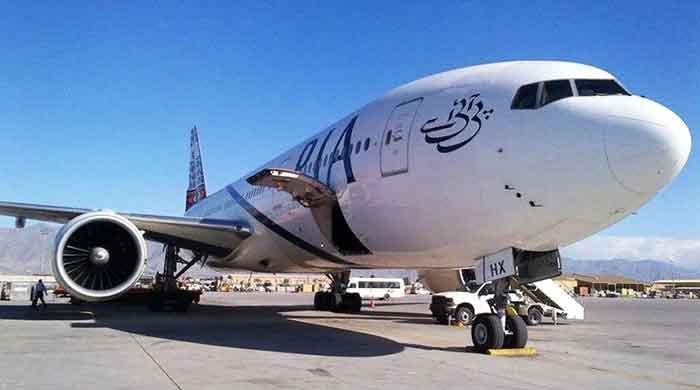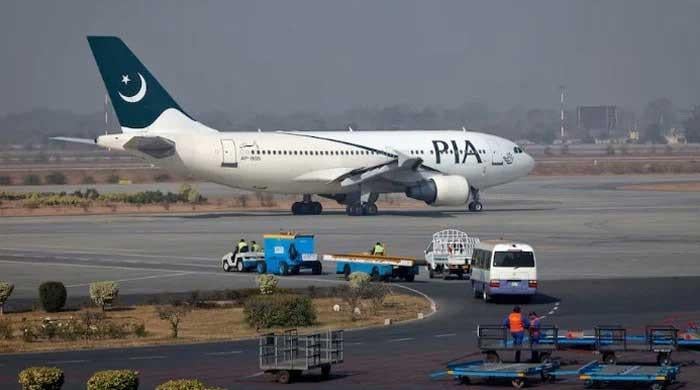Pakistan records current account surplus for third month in a row
"Lower trade deficit has supported the current account balance," analyst says
June 20, 2023

- Pakistan posted a surplus of $255 million in May.
- "Lower trade deficit supported current account," analyst says.
- Despite surplus, balance of payments situation remains precarious.
KARACHI: Pakistan — for the third consecutive month — posted a current account surplus in May due to an increase in exports, The News reported citing data released by the State Bank of Pakistan (SBP).
The country posted a surplus of $255 million in May up from $78 million recorded in April as the country's trade deficit narrowed due to import restrictions. In addition, exports rose significantly this time around.
Pakistan-Kuwait Investment Company Head of Research Samiullah Tariq said: "The lower trade deficit has supported the current account balance."
In the same month of last year, the country recorded a deficit of $1.5 billion.
Fahad Rauf, head of research at Ismail Iqbal Securities, said the current account surplus exceeded expectations.
"The trade deficit came in at $1.2 billion, compared to $2.1 billion reported by the Pakistan Bureau of Statistics," he said. "Both exports and remittances were better than the PBS numbers."
"The increase in the surplus on a month-on-month basis was mainly due to higher goods exports, which rose to $2.6 billion from $2.1 billion in April," he added.
However, imports rose by 3% month-on-month to $3.8 billion in April. Imports fell by 33% year-on-year in April.
Remittances fell by 13% to $24.8 billion in the 11 months of the current fiscal year. These inflows fell by 10.4% year-on-year to $2.1 billion in May. There was a 4.4% month-on-month decrease in remittances.
The country's current account deficit for the 11 months (July to May) of the current fiscal year was $2.9 billion, which was 81% lower than the $15.2 billion deficit for the same period last year.
Despite the current account surplus, the overall balance of payments situation remains precarious, with foreign exchange reserves of $4 billion— enough to cover one month's worth of imports — which are still at low levels.
The International Monetary Fund's (IMF) criticism of Pakistan's recent budget is a sign that there is a growing possibility that the lender will decide against providing long-awaited assistance before its bailout programme expires at the end of June. This would likely lead to a significant dollar shortage in the first half of the fiscal year, which begins in July.
The government currently has $4 billion in foreign exchange reserves. These reserves will fall by the end of June without IMF assistance, as there is at least $900 million in debt that needs to be repaid this month.
Pakistan must make additional repayments totalling $4 billion (which cannot be carried over) between July and December. By the start of the fiscal year in 2024, foreign exchange reserves will likely fall below $4 billion, making default quite likely. The options for new external funding would presumably be quite limited in the absence of any IMF programme.









